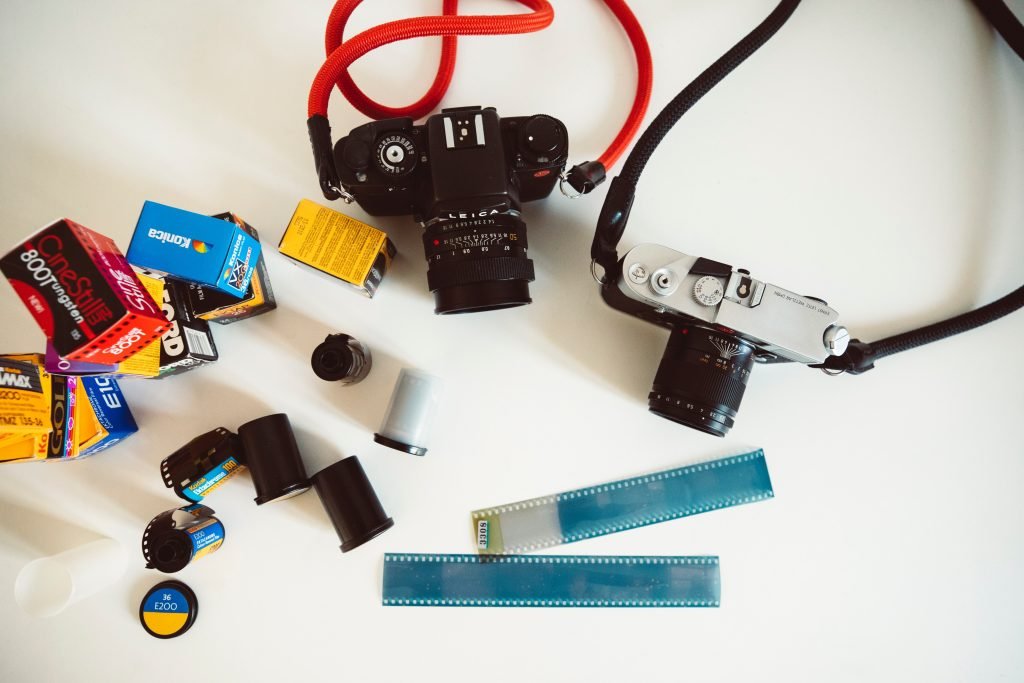The Future of Photography: Is 35mm Film Being Discontinued?
In the world of photography, the debate over film versus digital has been ongoing for years. While digital photography has taken over in terms of convenience and accessibility, there’s a certain charm and nostalgia associated with traditional film photography. One of the most iconic film formats is the 35mm film. However, in recent times, there has been speculation about the discontinuation of this classic format. In this blog, we’ll delve into the current state of 35mm film and explore whether it’s truly facing the threat of being phased out.

The Evolution of Photography
Before diving into the discussion about the discontinuation of 35mm film, let’s take a brief trip down memory lane to understand its historical significance. The 35mm film format, introduced in the early 20th century, revolutionised photography and cinema. It allowed for compact cameras and lightweight equipment, making photography more accessible to the general public. Over the years, it became the standard for both amateur and professional photographers, capturing countless iconic moments in history.

The Rise of Digital Photography
The turn of the 21st century witnessed a seismic shift in the photography landscape with the rise of digital technology. Digital cameras offered instant previews, adjustable settings, and the convenience of storing hundreds of photos on a single memory card. As a result, many photographers made the transition to digital, leaving film photography in the shadows.

Impact on 35mm Film
As digital photography gained momentum, the demand for traditional film began to decline. Major film manufacturers faced challenges in producing and distributing film products due to the decreased demand. Some film stocks were discontinued, while others became more difficult to find, driving up costs for enthusiasts. This scarcity sparked concerns that 35mm film might eventually be phased out altogether.

The Resurgence of Analogue Enthusiasts
Interestingly, just as the future of 35mm film seemed uncertain, a counter-movement began to gain traction. Analog enthusiasts, including both seasoned photographers and younger generations curious about the roots of photography, started to rediscover the unique qualities of film. The “analog renaissance” led to increased interest in vintage cameras, film processing techniques, and the distinct aesthetic that film produces.
Film manufacturers also took notice of this resurgence and began to respond. Some companies introduced new film stocks and embraced limited edition releases, capitalising on the growing demand from nostalgic photographers.

The Balance between Tradition and Innovation
In the modern era, the photography industry is characterised by a harmonious coexistence between digital and analog mediums. While digital technology continues to push boundaries with high-resolution sensors and sophisticated post-processing capabilities, film photography maintains its allure as an artistic choice rather than a necessity.
The Future of 35mm Film
So, is 35mm film being discontinued? As of my last knowledge update in September 2021, there hadn’t been any official announcements about the complete discontinuation of this iconic film format. While the demand for 35mm film might not be what it once was, the analog renaissance and the dedication of film enthusiasts have injected new life into its existence. Film manufacturers have shown adaptability by catering to this niche market, ensuring that film photography remains an option for those who appreciate its distinctive characteristics.

The fate of 35mm film remains intertwined with the ongoing evolution of photography. While digital technology dominates the mainstream, the persistence of analog enthusiasts and the charm of film’s unique qualities have prevented its complete extinction. Whether you’re a dedicated film photographer or an advocate for digital precision, it’s clear that both mediums have their place in the diverse world of photography. So, for now, the curtain hasn’t closed on 35mm film, and as long as there’s a passionate community of photographers who value its essence, it’s likely to continue casting its magical spell on generations to come.
